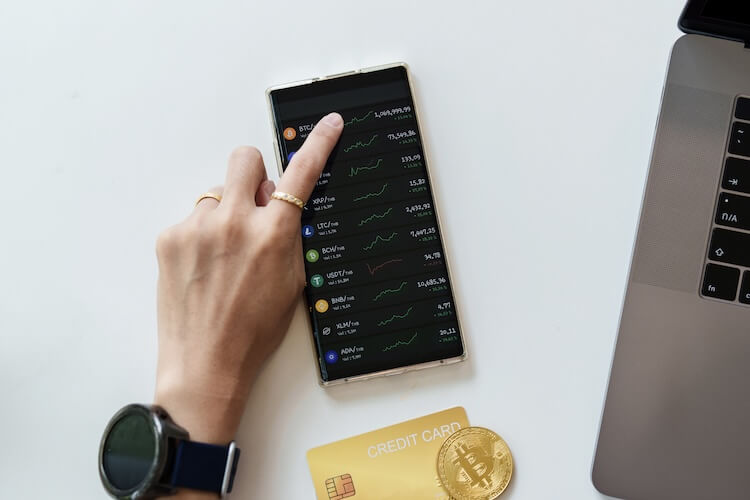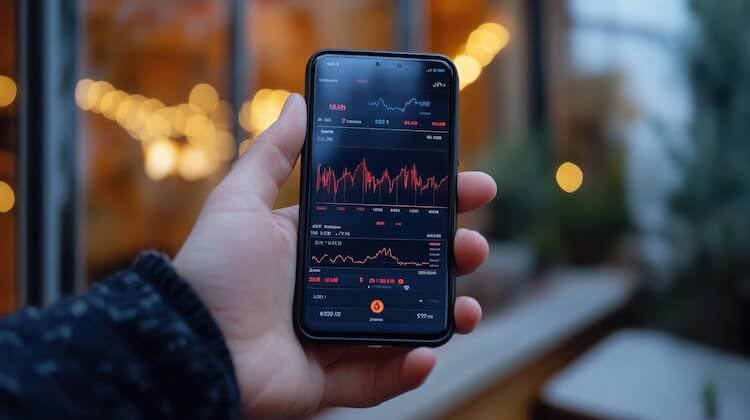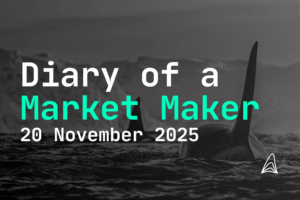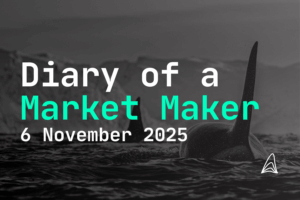Exchanges inflate trading volumes to attract traders and investors by appearing more popular and liquid, manipulating market perception to gain competitive advantages.
- Jakob Brezigar
- Last updated: 24. September 2024
- Reading time: 4 min
Addressing Fake Exchange Trading Volume
Cryptocurrency exchanges are booming, but with rapid growth comes an increase in shady practices like fake exchange trading volume. A significant portion of crypto trading activity reported by various platforms is often exaggerated or, worse, entirely fabricated. Understanding how these fake trading volumes impact the market is crucial for anyone trading, investing, or launching a crypto token. In this article, we’ll explore how these practices work, why exchanges manipulate their numbers, and how to spot fake exchange volume before it impacts your decisions.

Table of Contents
What is fake exchange trading volume?
Fake exchange trading volume occurs when a cryptocurrency exchange artificially inflates its reported trading numbers to appear more active. This deceptive practice aims to attract traders by creating the illusion of higher liquidity and market demand.
How can I identify fake trading volumes?
You can spot fake volumes by looking for unusual trading spikes, low liquidity with high reported volume, and inconsistent order book activity.
Key Takeaways - Fake Exchange Trading Volume:
- Fake exchange trading volume distorts the crypto market, making exchanges appear more active and liquid than they really are.
- Smaller, less reputable exchanges often inflate trading volumes to attract traders and manipulate market perception.
- Traders can spot fake volumes by examining unusual trading patterns and analyzing order book liquidity inconsistencies.
- Reputable platforms like Orcabay provide transparency, live data, and customized strategies to combat market manipulation.
- Fake volumes undermine trust in cryptocurrency exchanges and can have severe consequences for platforms caught inflating their numbers.
Understanding Fake Volume in Crypto Exchanges
Fake exchange volume occurs when a cryptocurrency exchange reports higher trading activity than what’s actually happening. It’s common to find these inflated numbers on smaller and less reputable exchanges. The purpose? To make themselves appear more attractive in a highly competitive market. While larger exchanges like Binance and Coinbase are trusted names, smaller platforms often rely on tactics like fake trading volumes to lure users.
This deceptive strategy is widespread among fake cryptocurrency exchanges, but it’s not always easy to identify. Many traders, especially unexperienced beginners, could be trading on platforms where the numbers are far from legitimate.

Why Do Some Platforms Inflate Trading Volume?
Attracting Traders and Investors
Fake volumes help exchanges build an illusion of high demand. Picture it like walking into a restaurant that’s packed with people—you’re more likely to think it serves great food. Crypto exchanges use the same psychological tricks. By inflating their trading volumes, they seem more active and popular, attracting traders who think they’ve found a thriving marketplace. In reality, these high numbers are often nothing but smoke and mirrors.
Manipulating Market Perception
In many cases, crypto exchanges inflate their numbers to manipulate the broader market. The larger the volume, the more liquidity a platform appears to have. Liquidity is a big draw for traders because it implies that assets can be bought and sold easily without impacting prices. However, fake trading volumes distort this perception and mislead traders. Crypto market makers often exploit this tactic to gain an upper hand.
Market manipulation through fake trade volumes doesn’t just affect the exchange but can influence the entire cryptocurrency ecosystem. When inflated volume skews market data, it affects decision-making for traders and investors across the board.
How to Identify Fake Volume on an Exchange
Identifying fake exchange volume isn’t rocket science, but it does require paying attention to certain red flags. Here’s what to look out for:
Spotting Unusual Trading Patterns
One of the easiest ways to detect fake trading volumes is to examine trading patterns. Are there sudden spikes in volume that don’t correspond with actual market news? If a lesser-known cryptocurrency suddenly has astronomical trading volume, it’s worth digging deeper. Often, fake exchanges or less reputable platforms create bots that simulate these unnatural trading bursts, giving off an impression of higher activity than there really is.
Analyzing Order Book and Liquidity
The order book can be another clue. If you notice large buy or sell orders consistently popping up and disappearing without being fulfilled, that could indicate market manipulation. Low liquidity combined with high reported volumes is another key sign. Real liquidity means orders get filled efficiently without massive price changes, but fake cryptocurrency exchanges may claim to have huge volumes while struggling to fulfill even small orders.

Exchanges and Fake Volume
Unfortunately, some exchanges engage in these deceptive practices openly or with a wink and a nod. The biggest challenge is distinguishing between legitimate platforms and those with fake trade volumes. However, there are ways to safeguard yourself and verify if an exchange is as transparent as it claims to be.
Steps to Verify Legitimate Volume on Exchange Platforms
To ensure you’re trading on a legitimate platform, always check whether the exchange reports to reputable data aggregators like CoinMarketCap or CoinGecko. These platforms frequently adjust their rankings based on reported fake volumes. Additionally, cross-referencing an exchange’s reported volume with external market data can offer insights. If the numbers don’t match up, there’s a good chance you’re dealing with inflated figures.
How Reputable Platforms Combat Fake Volume
Reputable exchanges actively combat this issue. Some offer detailed trading analytics and give you a clear view of their order books. For instance, companies like Orcabay take transparency seriously. By providing real-time data and daily monitoring, they ensure clients have a clear picture of what’s happening. Orcabay goes a step further by providing customized suggestions based on trading activity, optimizing both profits and market strategies.
Consequences for Exchanges Engaging in Fake Volume Reporting
Exchanges caught engaging in fake volume practices face severe consequences. Regulatory bodies can shut them down or impose hefty fines. Additionally, traders who lose trust in a platform will flee, often causing the exchange to collapse. Some well-known exchanges have faced legal battles for reporting fake numbers, tarnishing their reputations for good. The consequences aren’t just legal—traders who fall for these schemes often lose significant money.
The Impact of Fake Volume on the Crypto Market
Fake volumes have far-reaching effects on the entire cryptocurrency exchange landscape. They distort market analysis, skew coin valuations, and confuse traders trying to make informed decisions.
Additionally, fake volumes create a dangerous cycle. When exchanges pump up their numbers, they force legitimate platforms to compete. Some trustworthy platforms may feel pressured to inflate their own volumes just to stay relevant. The end result is a distorted market where traders find it difficult to assess real liquidity and make informed trading decisions.
Orcabay’s focus on transparency provides a stark contrast. As a regulated and compliant entity under EU laws, Orcabay offers detailed reports and live dashboards, ensuring traders have a clear view of their balances and strategies. In a market riddled with fake data, transparency like this is invaluable. Their in-house algorithms, developed with specialized protections, ensure clients aren’t victims of manipulation, offering traders peace of mind amidst the chaos of the cryptocurrency world.

Disclaimer: The information provided in this article is for informational purposes only and does not constitute financial, investment, or other professional advice. All opinions expressed herein are solely those of the author and do not represent the views or opinions of any entity with which the author may be associated. Investing in financial markets involves risk, including the potential loss of principal. Readers should perform their own research and consult with a licensed financial advisor before making any investment decisions. Past performance is not indicative of future results.

Jakob Brezigar
Jakob, an experienced specialist in the field of cryptocurrency market making, boasts an extensive international presence. With Orcabay, he has skillfully managed major operations and deals for a wide array of global stakeholders.




